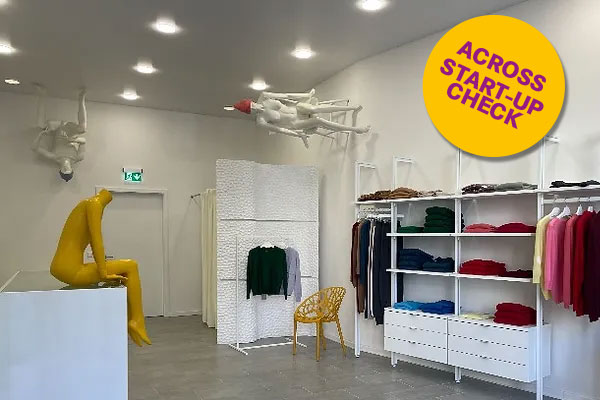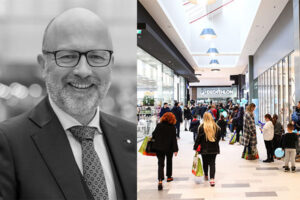By Christian Alexander Kuntze
The cardinal error: Before diving into retailers’ “top 5” mistakes during their expansion process, it is crucial to emphasize the importance of a clear and holistic strategy when expanding a retail business. Knowing your brand, understanding its DNA, and setting clear targets are fundamental aspects. This is particularly difficult for young companies. If you operate only one store, you sometimes don’t know your DNA yet.
This makes questions such as the following ones even more important:
- Why are you opening stores? What is the purpose?
- What do you aim to achieve with a store opening?
- If and when do you have to be profitable?
- How does your store fit into your overall sales channels (online, wholesale, etc.)?
Without a well-defined plan, opening stores opportunistically may hinder reaching your targets.
1 – Mistake: Too much, too soon – rapid expansion
This mistake is usually made during the search for investors. The first stores are running well, and Investors are happy to invest. What looks like a good development can lead to a massive problem because of the pressure from investors and other external financiers’ companies to open too many new branches too quickly. The success of one store says little about the success of stores in other locations with a different target group. Success cannot be validated and measured well enough when rapid openings occur simultaneously. If the stores open at the same time, the company can only eliminate errors to a limited extent. This applies in particular to issues such as store size or adapting the internal infrastructure.
Consequences of the mistake:
- Inflexible strategy adjustment
- Challenges in finding and training the right staff
- Insufficient time for infrastructure growth within the organization
- Missing market changes due to excessive speed (location, market prices, etc. might have changed)
NEXXT advice: Start with 3–5 stores in different locations, re-evaluate, and adapt. A step back allows scrutiny of the plan and ensures it aligns with the diverse customer base across various locations. The customer in Berlin is a different one from Milan or Zurich. Just because a concept works in Frankfurt does not mean it will work the same way elsewhere.
2 – Location Blunders: The Cost of Choosing Wrong
The main reason for choosing the wrong location is the rent. But if you save on rent, you often get less footfall. However, footfall is essential, especially for new businesses. To say that customers will find the store because it is attractive and well-known is only justified for brands with a high profile, such as Hermes. Another factor is the lack of micro-market knowledge. E.g., is there any road work planned? Are neighboring tenants leaving? Are neighbors happy with their stores? The main reason companies choose the wrong location, apart from possible rent savings, is that they often do not know their DNA sufficiently. They often do not consider what else customers like to buy. A brick-and-mortar store is even more successful the more its neighborhood can offer customers.
Consequences of the mistake:
- Selecting the wrong environment without expert knowledge
- Overestimating the ability to attract local customers and, consequently, generating lower sales
- Ignorance about required footfall (quantity and quality)
- Unfamiliarity with preferred neighboring tenants
- All of these lead to the generation of lower sales than expected
NEXXT advice: 1. Know yourself and your brand well. 2. Get expert knowledge and use a comprehensive market and location screening. 3. Take advantage of the new possibilities that artificial intelligence, in particular, can offer you when analyzing locations and their communities.


Why go into stationary retail at all? For online retailers, in particular, brick-and-mortar stores are often part of the marketing strategy and not so much there to generate sales. Mr. Spex started in 2007 as the first eyewear retailer to launch online only. It was not until 2016 that the first brick-and-mortar store followed in Berlin. The motive for going into brick-and-mortar retail: To offer customers an additional look and feel and to link online and offline more closely. Westwing opened its first store on Hamburg’s Jungfernstieg in November 2022, followed by a shop-in-shop in March 2024 at the Breuninger flagship department store in Stuttgart recently. The focus of the brick-and-mortar stores is on a unique store design, a narrow yet high-quality range, and an intensive focus on service. Westwing wants to increase sales of its brands, particularly via the branches. Customers need individual advice and a tactile experience, especially regarding products such as sofas. The aim is for the stores to become profitable.
3 – Financial Pitfalls: Overspending in the Expansion Race
The greater the pressure from outside to expand, the faster tenants are signed at high prices simply to secure the location. This is based on a lack of understanding of sales´ potential impact on P&L. Rent is the second-highest cost item, along with staff cost. Staff costs can vary a lot from country to country. Especially when starting the roll-out, the CAPEX cost often changes and can get out of hand.
Consequences of the mistake:
- Tied to excessively high rental costs
- The potential of the store cannot be exploited
- Failure of the location becomes more likely
NEXXT advice: Get external help to understand P&L, especially when calculating rent. Especially online brands that want to go offline often do not know how to calculate rent. Only when you know what you can afford in terms of rent and staff cost do you know what to look for and can find the most suitable locations. International experience aids in finding reliable information and partners all along. Advisers like NEXXT can – if needed – also support developing practical design guidelines with local partners and general contractors to make costs more predictable.
4 – Partnering Predicaments: Navigating the Real Estate Landscape
Young brands, in particular, often have very thin staffing levels and no expansion manager. This often leads to managing directors and sales employees being given the wrong advice.
Consequences of the mistake:
- Over-reliance on brokers and landlords
- Lack of internal or external real estate/expansion experts
- Working with too few brokers with a lack of local knowledge
- Working with too many brokers often causes a lack of interest in offering the best locations
This mistake is more serious when it comes to international expansion. Here, the brand often has even less knowledge of the market and can hardly verify the statements made by the brokers.
NEXXT advice: Comprehensive knowledge of the market and its players helps identify trustworthy partners. External Advisors and expansion experts can guide you in choosing the right broker for specific locations and markets. Make sure your advisors—as NEXXT did—have been working on all sides and know precisely how brokers, landlords, and retailers (sales and real estate side) think. Only engage with brokers when your strategies and targets are clear.
5 – Franchise Fiascos: The Risks of Fast Growth Strategies
Franchise fiascos affect fewer start-ups but are a common mistake when expanding quickly. The idea is to save Capex and grow quickly through franchising. However, starting with a franchise model is difficult or often doomed to failure, especially if a brand only succeeds with one or very few stores. Knowing your DNA is even more important if you want to run a successful franchise business. Only those who know who they are can explain this to partners and set up a franchise concept.
Consequences of the mistake:
- Risk of losing customer credit with the wrong strategy or partner
- Lack of clear separation between owned and franchise markets
- Potential harm to brand image with wrong partners
- Overwhelmed with managing multiple partners
- Risk of excessive power or financial strain with one dominant partner
NEXXT advice: Start by managing the first 5–10 locations internally and own-operate. Especially when you are a young brand, you might not know your DNA yet and would not be able to find a suitable and reliable partner that operates your brand the way you would do it yourself. Strict separation of owned and franchise businesses is crucial. The consultant can assist in developing a franchise strategy, advise on partner selection, and collaborate on expansion plans with the franchisees.
How to do it – Best Practice
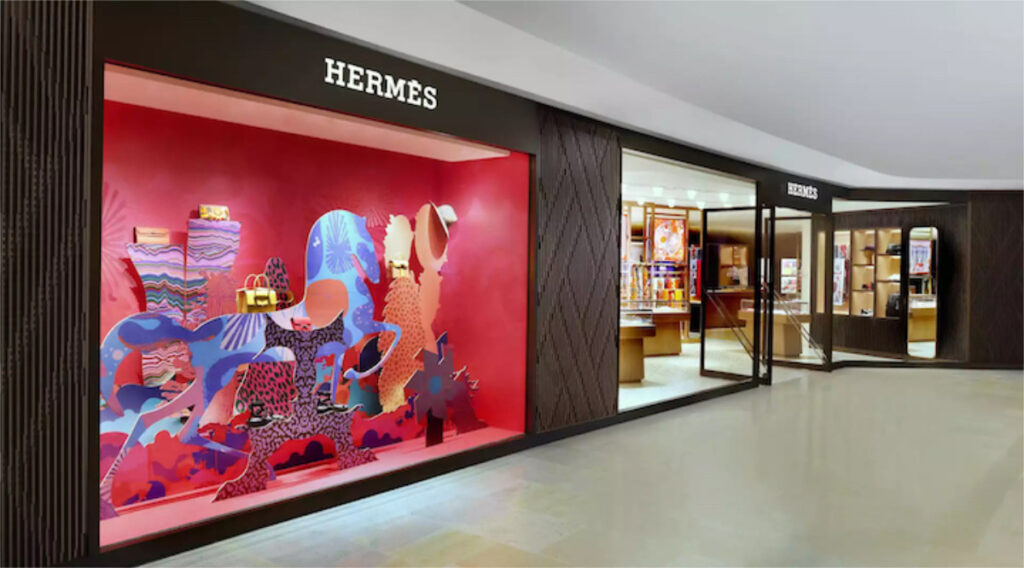
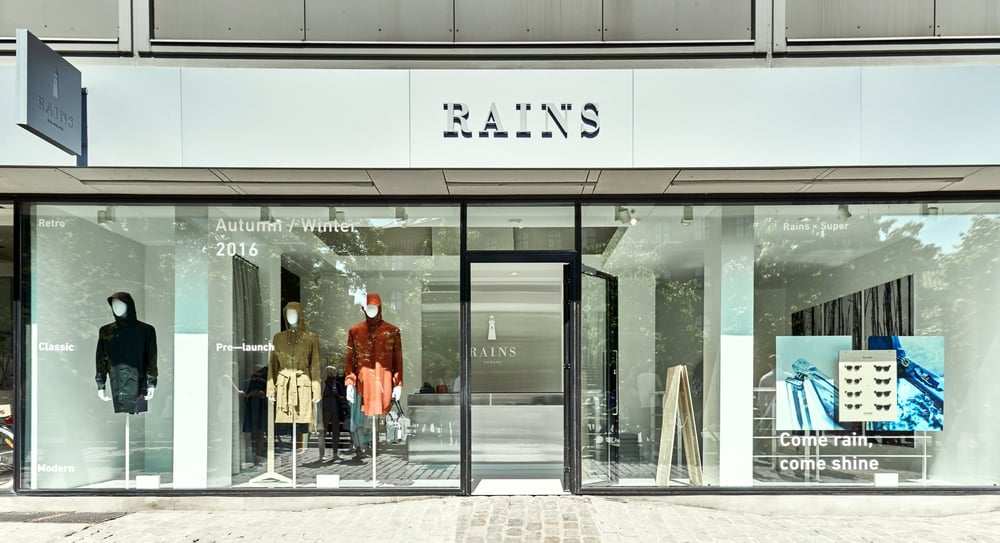
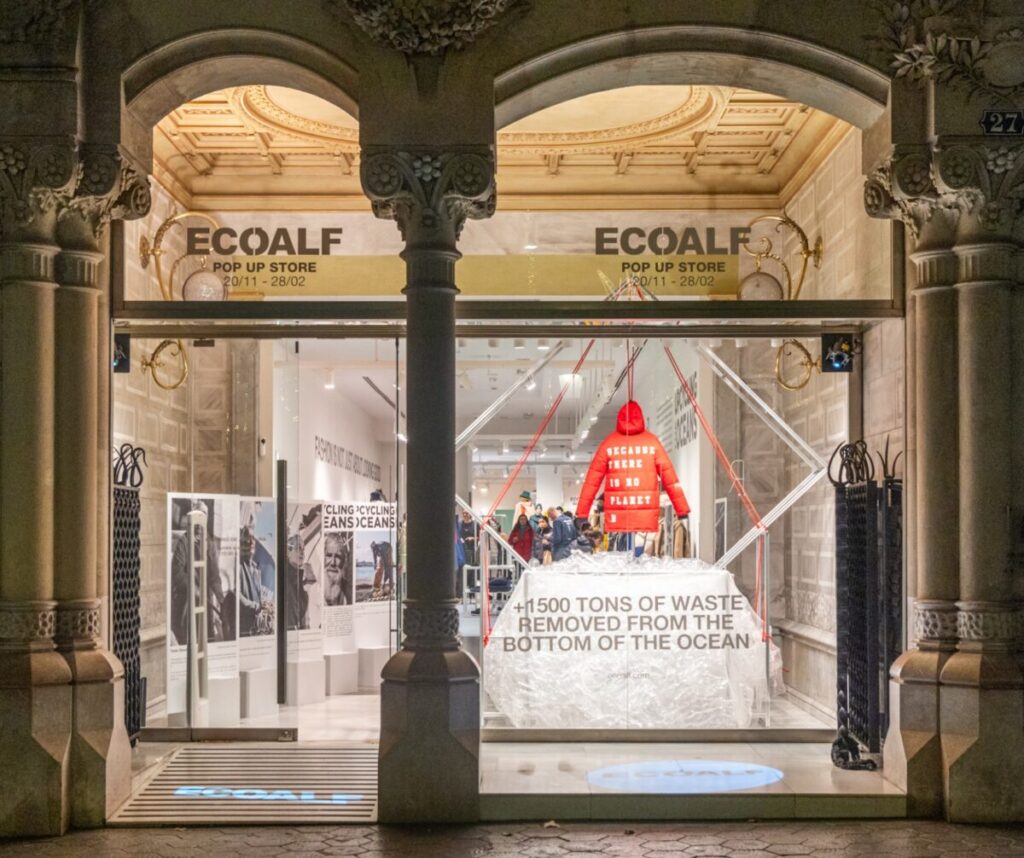
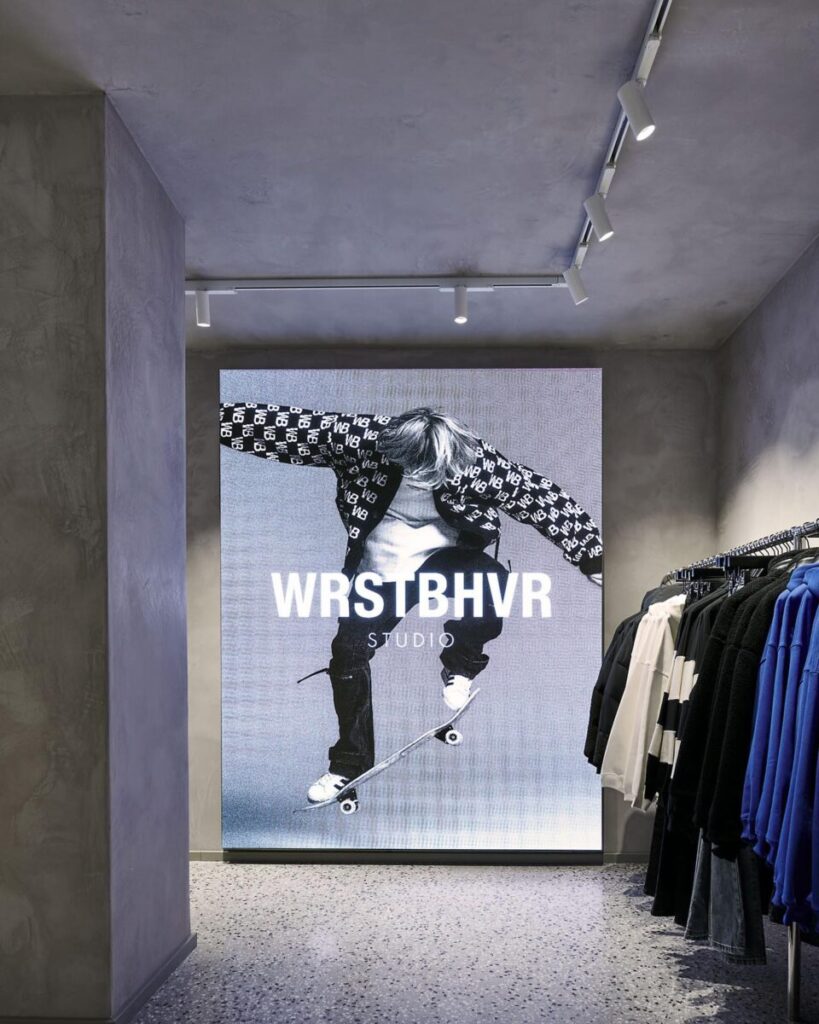

Conclusion
In most cases, it is essential to take a step back first and set up the goals correctly in the company in connection with sales, marketing, and HR. Then, these goals will be analyzed by a consultant such as NEXXT. Highlight the importance of aligning the expansion plan with sales forecasts and adapting marketing strategies to regional market standards. Communication between business lines is vital for success. For example, how a brand’s market entry is communicated in Eastern Europe differs from that of the UK or Germany. Ultimately, sales will be responsible for the store’s financial performance and must be fully onboard with the real estate decision. As mentioned before, if you open stores in a new market, it is especially crucial to find the right staff. Depending on the market, that takes time, and the cost often differs tremendously (labor cost in Italy compared to Denmark, for example, while sale potential often is quite similar).

Christian Alexander Kuntze learned retail from scratch. He started his career in retail in 2007 in the luxury section at The Corner Berlin and then became a trainee and department manager at Peek & Cloppenburg. Later, he was drawn into the big world of real estate and worked for Jones Lang LaSalle. Professional positions at BNP Paribas REAL ESTATE and TRIUVA followed this. 2016 was the next significant change. TESLA, which was much less known at that time, hired Christian as a real estate manager for its showroom, workplace, and service expansion in the EMEA region. After that, he returned to the fashion world and accompanied the restructuring process at WOLFORD (LANVIN GROUP) as Global Head of Real Estate. When the project was completed in 2022, he helped the Vietnamese car manufacturer VINFAST to enter the European market. In 2023, he finally founded NEXXT IN RETAIL, combining his passion for brick-and-mortar retail and his ability to find innovative and creative solutions for his clients. NEXXT is an independent consultant with international experience that provides market and location screening. Christian offers insights into market situations, research information, and visibility considerations and can evaluate the required foot traffic for different brands.
This article is the start of a new start-up series on across-magazine.com From now on, you can read regularly about start-ups and their potential. We start with the start-up t7berlin – a zero waste and plastic free 3D-Knitwear Start-up from germany’s capital.
